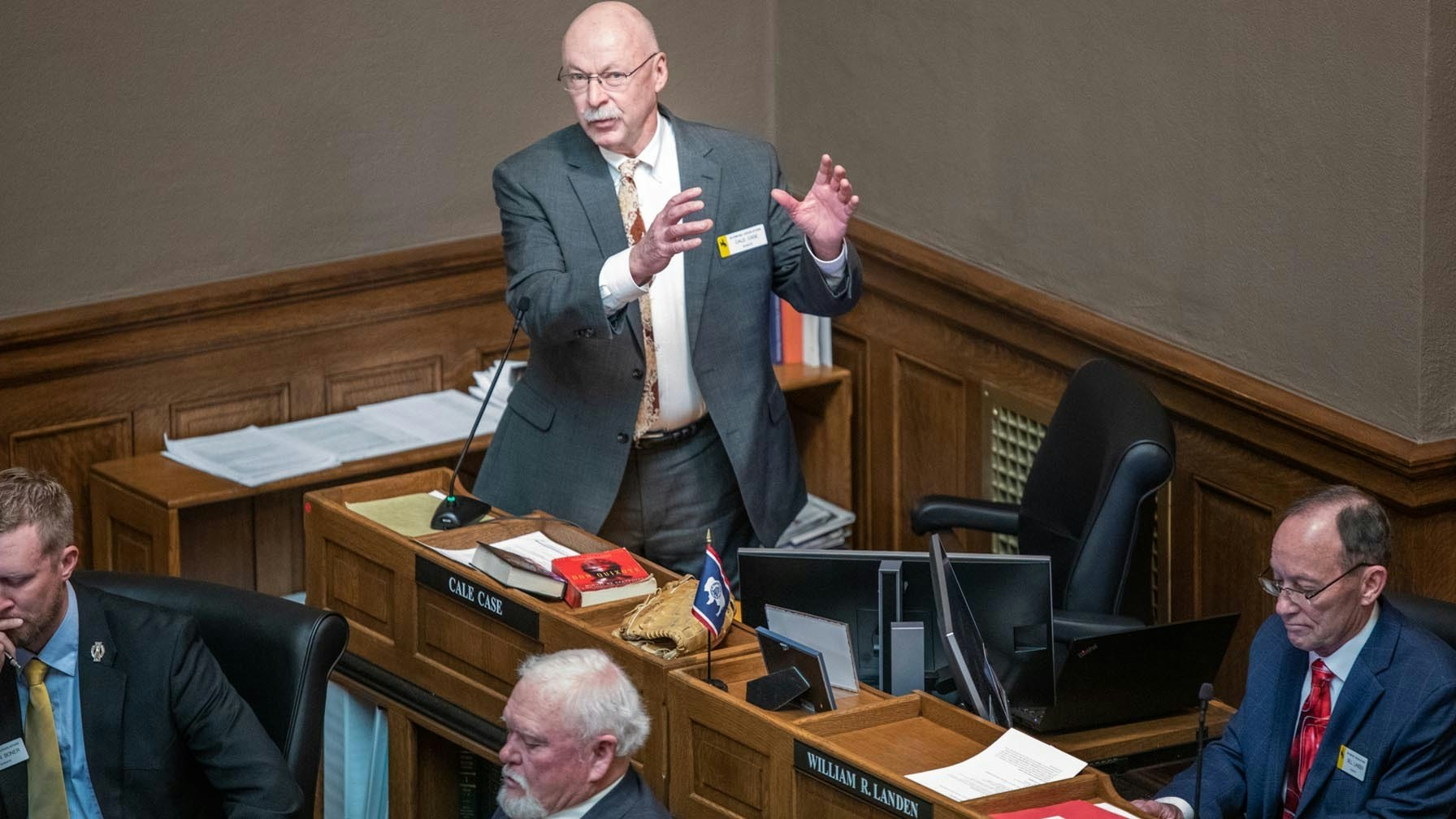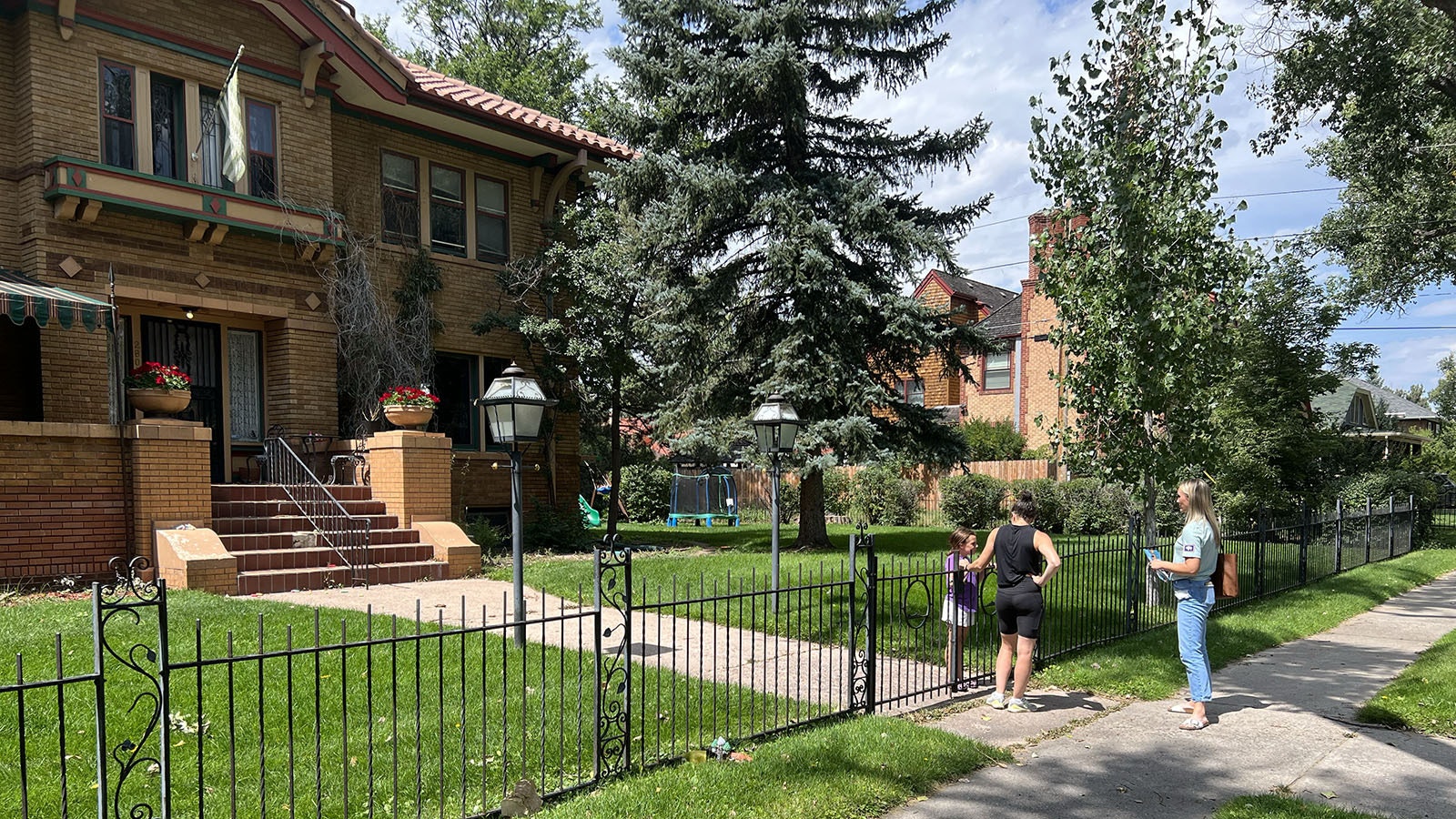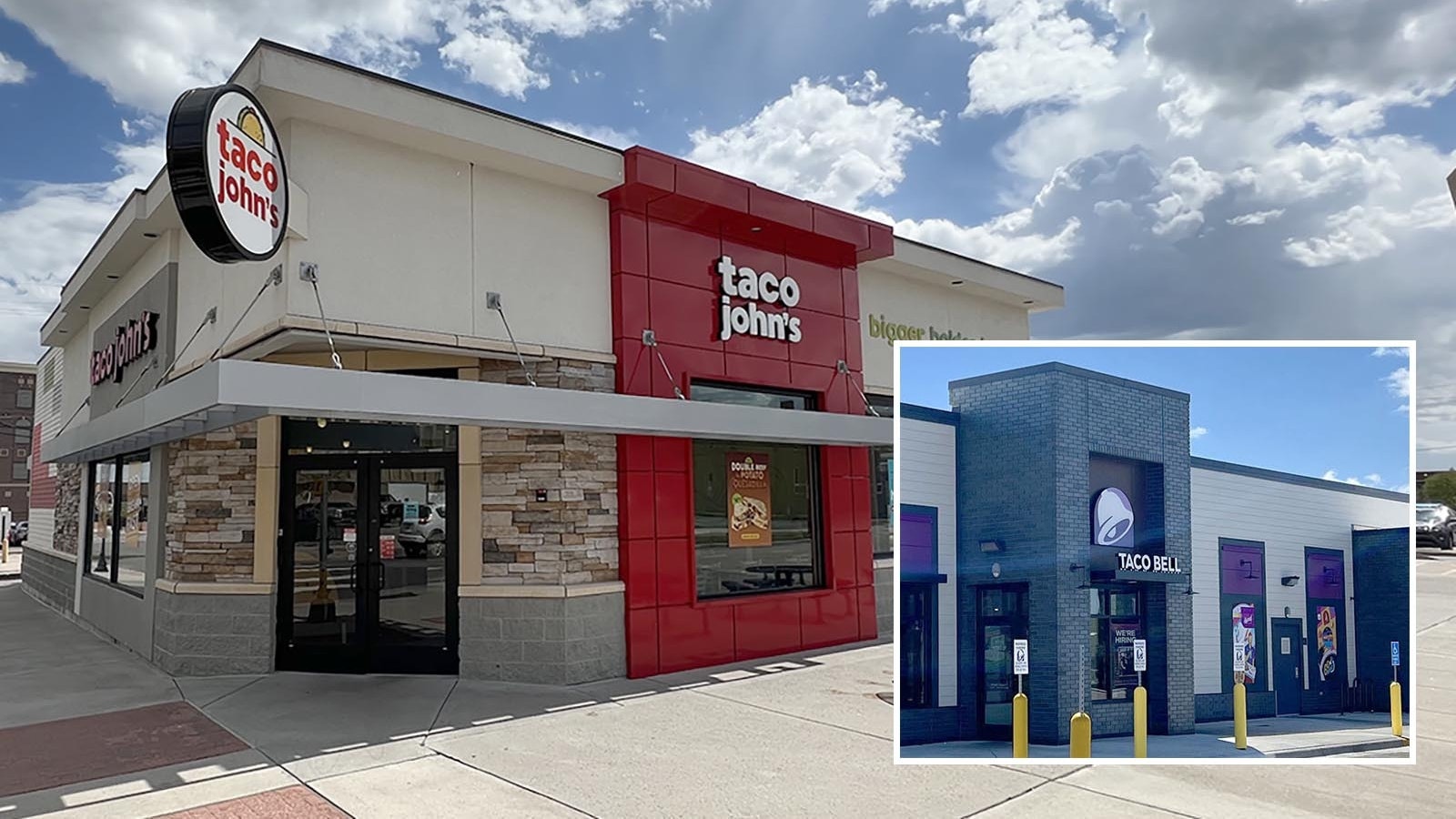Although Wyoming’s population grew at three times the national rate between 2020 and 2021, the overall increase in numbers will have a minimal effect on the state, according to an economist.
Wyoming’s total resident population grew by 1,536 people, 0.3%, between July 2020 and July 2021, according to the U.S. Census Bureau, compared to the national growth rate of 0.1%.
Wyoming’s population in July 2021 was 578,803, according to the Census Bureau.
Wyoming economist and state Sen. Cale Case, R-Lander, told Cowboy State Daily on Thursday while he is glad to see an uptick in residents, he does not think it will make much of a difference to the state and local economies.
“I think this was a COVID-driven thing and people ran away from crowded areas,” Case said. “Will this trend continue? COVID isn’t really a thing anymore, but the trend toward remote work might help a little bit.”
Case said it was not really fair to call the increase a “trend,” since it only took place over a one-year period.
Case pointed out that while many people moving to Wyoming can work remotely, the state has not seen any large companies moving in that could offer new jobs.
“It’s not like you’re plucking up a factory out of L.A. and putting it here,” he said. “It’s individuals from that company who come here.”
While Case said he does not want to see the state decrease in population, the state’s current tax structure keeps Wyoming from fully capitalizing on its new residents.
Fifteen counties in Wyoming saw population increases during the 1-year period. Lincoln County saw the largest increase, with 2.4%, following by Sheridan at 2.1% and Crook and Johnson counties, both at 1.9%.
Laramie County, the largest in the state, grew by 0.2%, while Natrona County, the second-largest, saw a decline of 0.8%, or 674 residents.
However, Campbell and Sweetwater counties saw the biggest decreases, with populations falling by 1.5% and 1.3%, respectively.
Wenlin Liu, the state’s chief economist, said in his analysis of the Census figures that two factors contributed to the state’s population change: births and deaths and net migration, the difference between people moving into and out of an area.
During teh year, 1,368 more people moved into Wyoming than left the state, the report said, while the difference between births and deaths accounted for 171 more residents being counted. During the year, 6,213 people were born in Wyoming and 6,042 people died.
Liu said the migration of people into the state was caused in part by the economy.
“Employment opportunities have always been the driving factor for Wyoming’s migration trend, but the pandemic also played a significant role in the past a couple of years,” Liu said. “Many people chose to relocate to less populated and lower cost areas during the pandemic, and the increased availability of remote work made this possible.”
Liu also said that the dramatic decline in energy prices and the subsequent economic downturn in the mid-2010s forced many residents to leave the state. Therefore, the state experienced consecutive years of negative net migration with more people leaving the state than moving in between 2014 and 2019.
However, the direction of net migration reversed in both 2020 and 2021.
Over two-thirds of Wyoming counties showed positive net migration, led by Sheridan with 729 people, and followed by Park with 530 people and Lincoln with 447.
On the other hand, large negative net migration occurred in Campbell, with a loss of 907 people, Natrona and Sweetwater, with a loss of 621, counties.
“The COVID-19 virus hit energy producing and serving areas especially hard as demand plummeted, and the rebound of the industry has been painfully slow, particularly in Wyoming,” Liu said.





